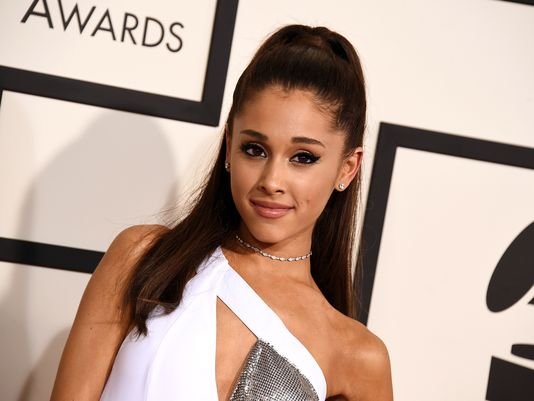Using Pop Songs To Teach Kids Math
CNN/Stylemagazine.com Newswire | 4/12/2017, 1:15 p.m.
ATLANTA (CNNMoney) -- A math class with pianos? It may sound unusual, but Marcus Blackwell Jr. thinks it's the perfect way to teach students math.
The company he founded, Make Music Count, uses tunes by artists like Ariana Grande, Sam Smith and 2 Chainz in interactive lessons designed to make learning math concepts easy and fun.
But how?
For an algebra class, the musical notes are labeled on a piano's keys. Students are taught to count the movements from one note to the other to solve math problems.
For example, to play a note in Justin Timberlake's hit song "Mirrors," the class may follow the sequence below:
"Where x equals 2
B + x =
B + 2 = E♭ (E flat)"
To solve the equation, students start at B then move two notes to the right. Where they land is the answer -- in this case E flat. With subtraction, rather than move to the right, they move to the left.
"I love seeing that 'aha!' moment in students," says Blackwell. "The lightbulb -- the moment when they finally understand something they've been struggling with."
From 'mathphobia' to math teacher
Blackwell studied classical and jazz piano starting at age 5. But while he got As and Bs in the arts in school, he says he had a "mathphobia" and got Bs and Cs in math classes.
"I was unsure of myself because math was taught to me as a subject to be feared," said Blackwell. "Playing piano helped me get over that phobia."
In his sophomore year of college, he had an epiphany that helped him bridge the gap between the two subjects.
Blackwell was performing music at a friend's wedding when someone came up and asked him to explain how to play the piano. He realized he was using math terminology rather than music theory to explain it.
"I noticed that I substituted the word 'half step' [a common term used in music] for the word 'half' so that I could create a visual for him to play," Blackwell explains. "It was a counting method."
The experience inspired him to create a curriculum using music to teach math to junior high and high school students. He started by teaching it for free at a local middle school.
Meanwhile, he pitched the program to every school he could think of in and around Atlanta, where he lived, and Connecticut, where he grew up. Within six months, South Cobb High School in Georgia became his first paying client.
He kept pitching school principals and superintendents and more schools began picking up the program. As demand grew, he realized he needed a business plan and launched Make Music Count. He also started hiring college upperclassmen to serve as instructors.
A professor who mentored Blackwell in those early days admits she could never have envisioned how successful the business would become.
"I thought this was something he was toying around with as a side gig," says Dr. Ulrica Wilson, associate professor of mathematics at Morehouse College, where Blackwell was an undergrad. "Now he is hiring students I have now," said Wilson. "It's just phenomenal."
Since it launched in 2012, Make Music Count has seen its annual revenue soar from a mere $12,000 to nearly $250,000. What schools pay for the program depends on their budget, but typically Blackwell charges $10,000 for a 10-week program where classes are taught twice a week.
The program is now offered at 37 schools along the East Coast and has even attracted the attention of school officials in London, Dubai and Mumbai. To get more students access to the curriculum, Make Music Count is developing an app that's expected to launch this summer.
For Blackwell, the takeaway is what's so appealing about the program.
"Every day I stand in front of kids who are just like me and that's one thing about my business that I love," said Blackwell. "Every day I'm reminded of why I'm doing this, and how important this work is."
For more information go to http://www.cnn.com








